What got you interested in art? Did you have an art-eureka or epiphany moment?
I’ve always been interested in art. When I was a young kid, my only interest was drawing. In university, I majored in architecture at the School of Architecture, Art, and Planning (AAP) at Cornell. I had a very close relationship with art during my studies since my studio was in proximity with the art students’. I also took advantage of the school’s art classes at the time.
I’ve always enjoyed art collecting as well. It was around 2007 when I first came across ParaSite. I was looking for work by mainland China photographers at the time, and I met the curator Tobias Berger. He introduced me to a lot of contemporary Hong Kong art. A lot of the work was notable and personal, but there was still no market for local artists at the time. I started to collect because it was a nice way of recording the trajectory of the art scene, and perhaps more importantly, to start acknowledging the vibrant cohort of emerging artists in Hong Kong.
Can you briefly describe how the contemporary art scene in Hong Kong has changed from its inception to now? What does this development mean to you as a collector?
In the beginning, there was hardly any attention on local artists. The first to enliven the scene were the big auction houses like Christie’s and Sotheby’s, but they were mainly doing antiques and classical Chinese art. Hong Kong artists had yet to make it to the forefront. After the announcement of M+, a museum focused on contemporary Chinese art, people became more attuned to Hong Kong work. The first Art Basel in Hong Kong was also another major event that served as a turning point in the local art scene.
When I started my studio, there weren’t other venues where you could see contemporary Hong Kong art, so it became a place of gathering for curators, gallerists, and aficionados. I also have a book called The No Colors, published in 2014, that was a survey of my collection of local art.
Now, the scene of contemporary Hong Kong art is really booming. There are so many more practicing artists, new local and international galleries, and some Hong Kong artists are doing really well in the international market. I’m confident that contemporary Hong Kong art will continue its upward trajectory. It’s a very exciting time.
You previously characterized a lot of local contemporary art to be ‘personal’. Where do you see the ‘personal’ in the works?
When I first started collecting, there were only around two galleries that showed local art. A lot of artists at the time were focused on conceptual work and not working for any market. Some artists would get together and rent a space in industrial districts such as Fo Tan to make work on weekends. The medium of the pieces would also be quite grassroots, using material such as plywood and ballpoint pens. There was also an emphasis on small-scale works, since studio space was limited. There was a real sense of collaboration and vulnerable story-telling in the pieces, which is where the personal shines through.
Even now, I collect works from recent graduates and young artists whose works are not in the collections of major institutions. I spot work that tells intimate stories. Since I’m also a practicing painter now, I can tell when the work has a spirit or not.
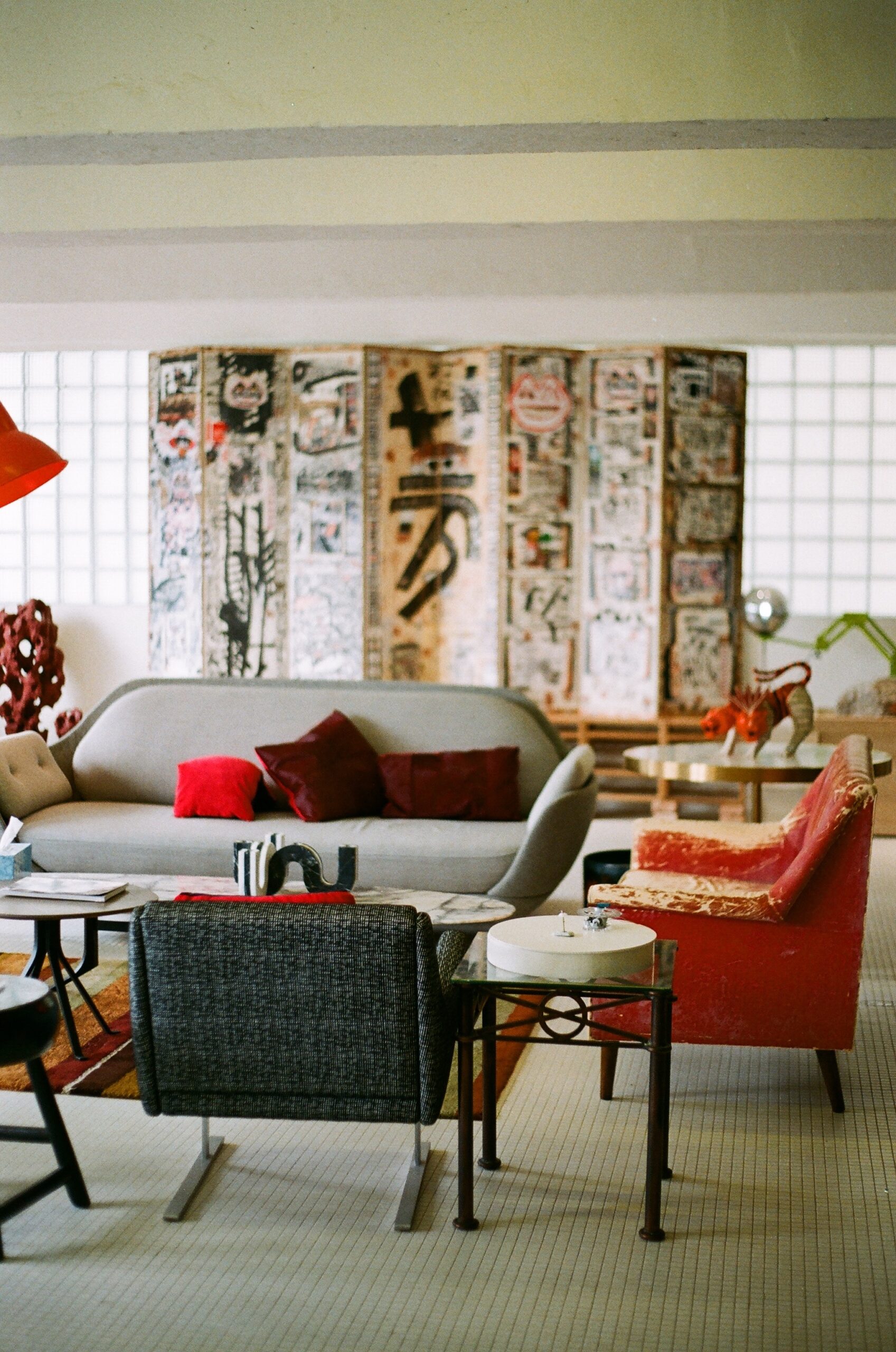
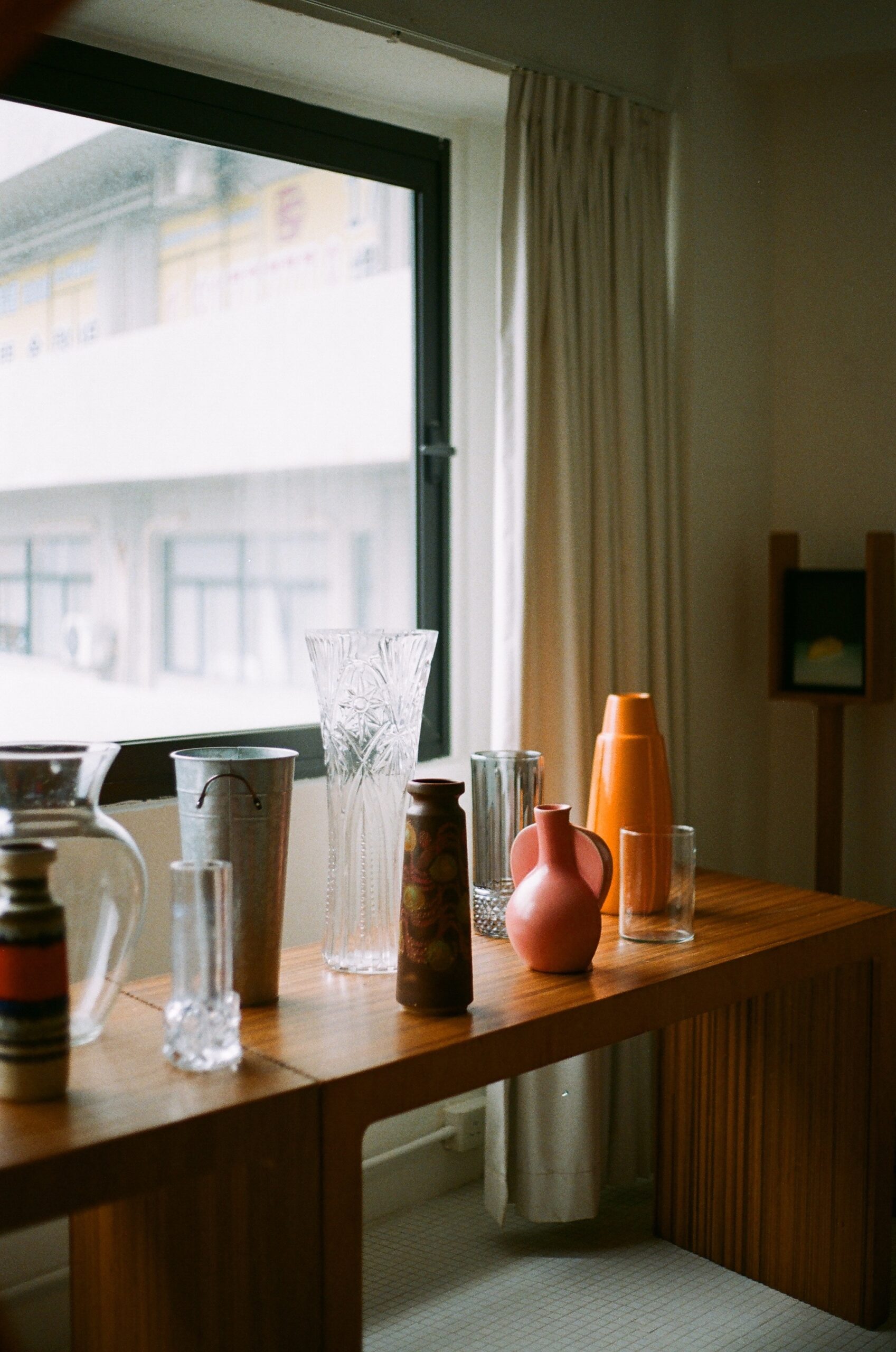
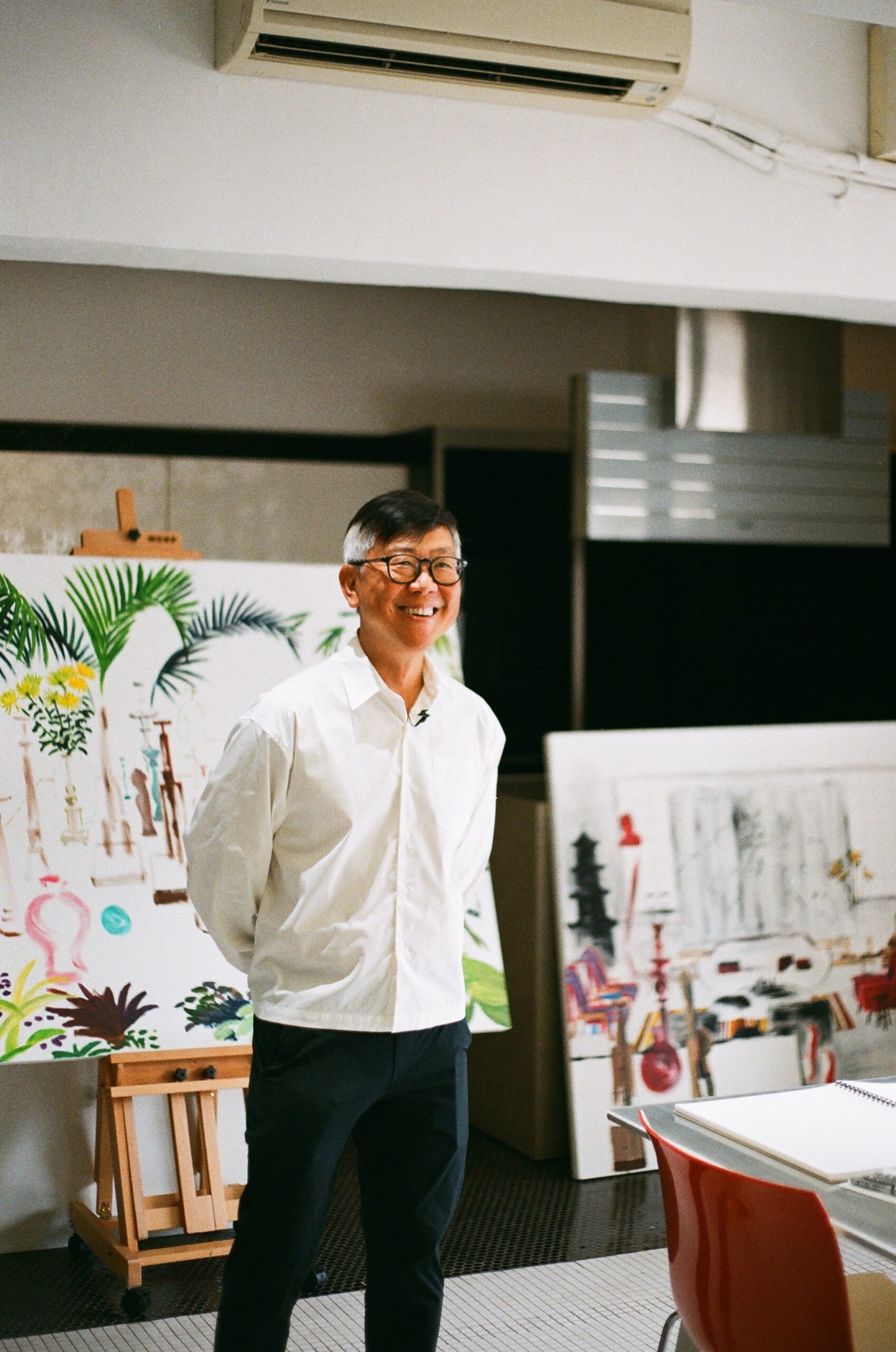
Did your eye as a painter alter your curation process?
For this sale, I looked with my eye as a collector. I look for originality. A lot of people have said that all art is derivative, but even with that statement, you can tell whether the artist is breaking the norm and trying to tell something personal. If the work comes from a personal place, it inherently occupies a unique perspective. Another thing I look for is whether I can sense the spirit of the artist. It’s an elusive quality since it is non-scientific and outside a perceptible realm.
How do you envision the Hong Kong art scene in ten years? What are your hopes and aspirations for Hong Kong art?
I am really hopeful about the future. There is a lot more access to contemporary art in Hong Kong now, with more institutions offering BFAs, giving emerging artists proper nurture and opportunities. I think that the scene will keep expanding. Currently, people still label local artists as “Hong Kong artists” that rarely show outside of local galleries. My hope is that in ten years time, local artists can gain international attention and recognition.
Why is it important to collect emerging art?
I’ve worked with different museums such as M+ to expand their collection and include emerging artists. Most museums only collect established artists with a certain track record. Collectors have a responsibility to support young artists. A collection is not just an arbitrary series. It has the ability to trace the career of an artist, and to tell the holistic story of the present through art. I really enjoy meeting artists when they are young and following them throughout their careers. A lot of emerging artists need that encouragement to continue with their practice. My book The No Colors contains 50 local artists, and 90% of them are still practicing artists today. I am heartened by this, and I feel reassured to trust my judgment as a collector.
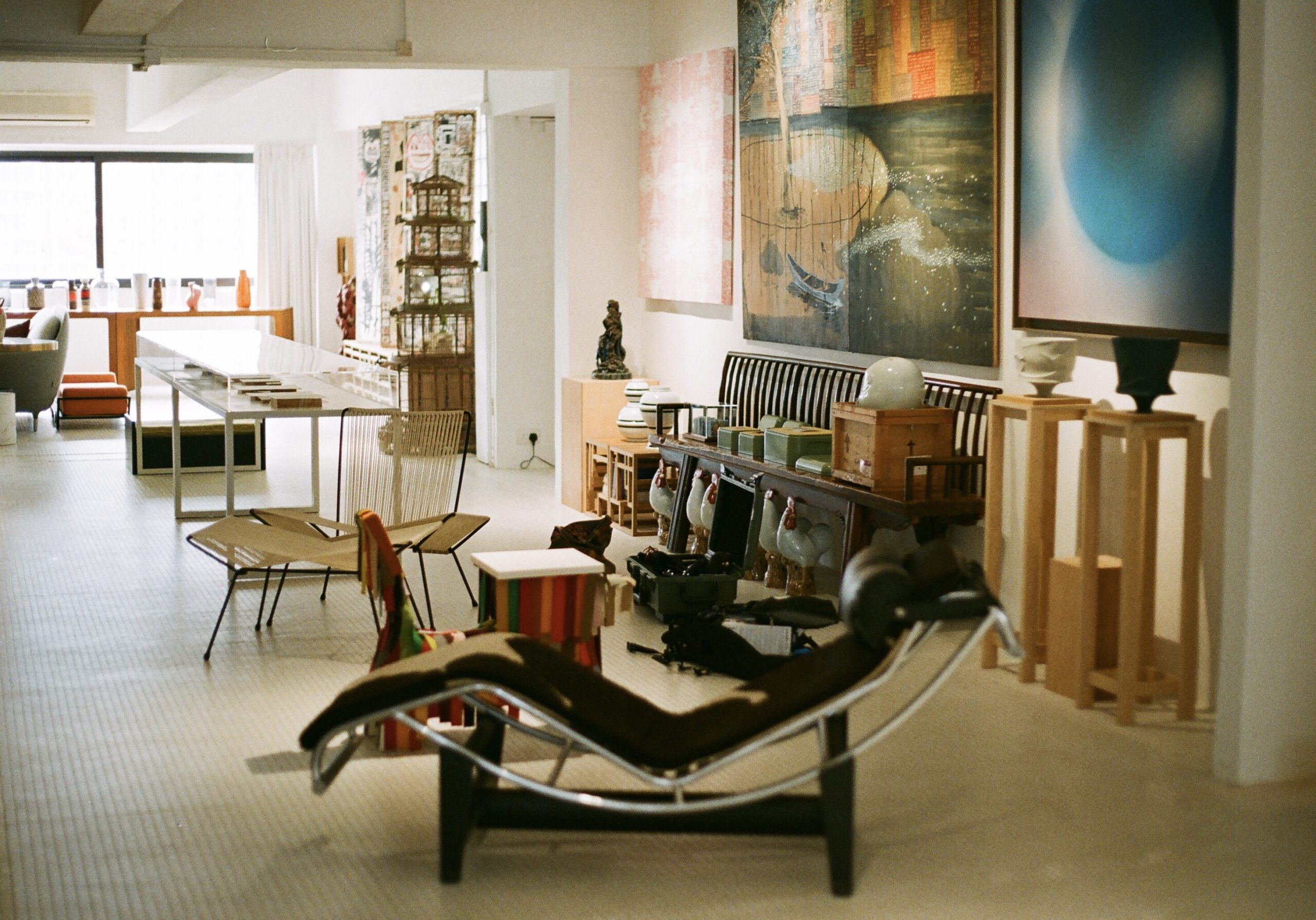
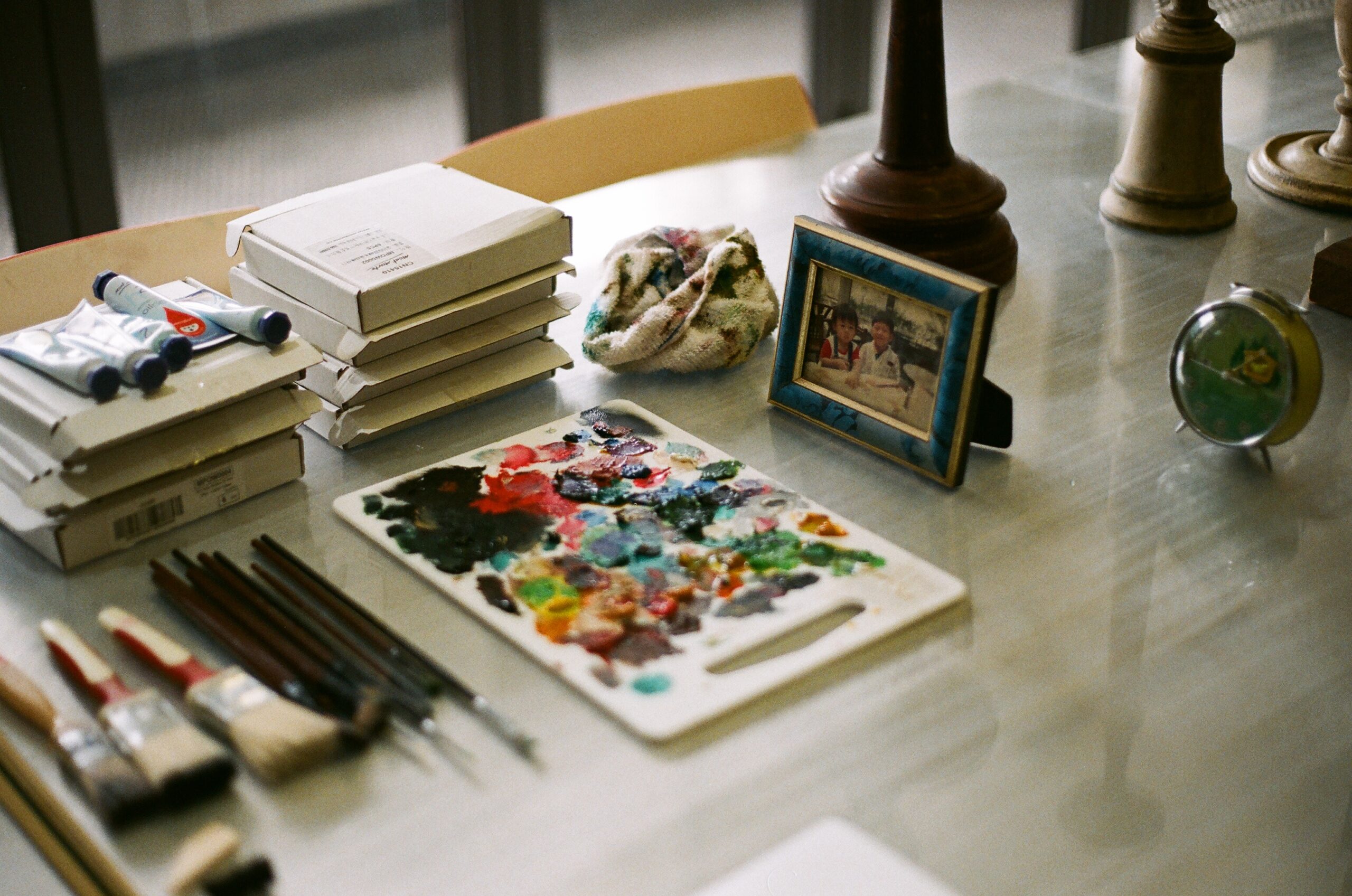
You wear so many different hats as an architect, a painter, a curator, and a collector. How do all these interests communicate with one another?
Being a painter is a recent development. I never had the chance or time to commit to it until the pandemic. I saved a lot of time with less traveling and meetings, and used that time to hone my craft. My paintings and my work in architecture inform each other. I like to paint spaces with intense color, which is also informed by my experience in interior design that requires a sensitivity towards fabrics, textures, and color.
After I started painting, I also started to identify more with the artist when I’m collecting work. I’m understanding how certain works come to fruition: how it ‘clicks’, how it all comes together. As a painter, I also understand more about process: the struggles, how to overcome the issues, and how to make it work. I have a different sensitivity now. I look for work that contains effort– not necessarily in terms of time, but a depth of thought, feeling, and identity.
If there is an artist, past or present, that you would like to meet for dinner, who would they be and why?
The answer to this question has shifted over the years, but right now my answer would be Vincent van Gogh. I’m really resonating with the intensity of his paintings, both in terms of their psychology and color. I’m also inspired by how his paintings emit emotive vibrance and precision. He would go back to the same subject over and over, and that intense dedication is amazing. He never loses his interest and drive. Now that I have started painting, I look up to his work in a new way. It’s quite amazing.
Why have you chosen the theme ‘Fever’ for this online exhibition/sale?
Certain strong works set the overall tone. For me, it was Igor Chan’s Heat. When I saw his painting for that first time, I could feel that viscerality that I look for. The inescapable incandescence that Igor depicted is found all over the world. ‘Fever’ is applicable to many realms. Its potency can be found in the environmental, the political, the interpersonal, and the psychological.
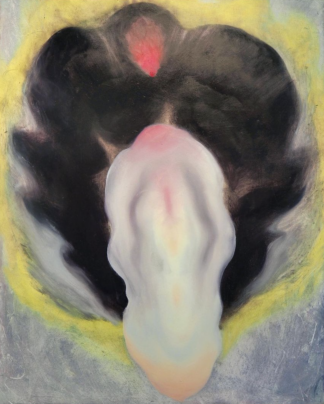 Matthew So
Matthew SoOil on canvas
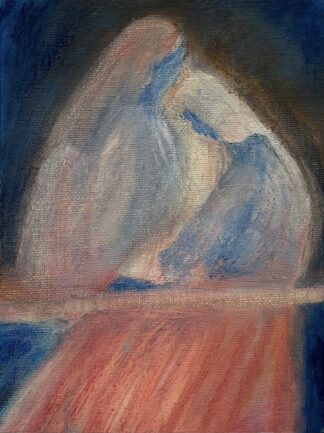 Nicole McCorkell
Nicole McCorkellOil on canvas
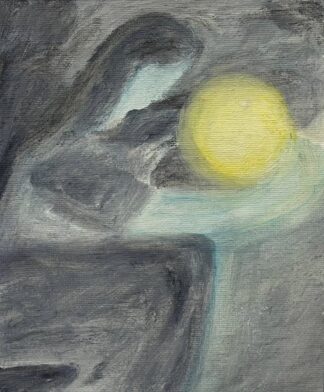 Nicole McCorkell
Nicole McCorkellOil on canvas
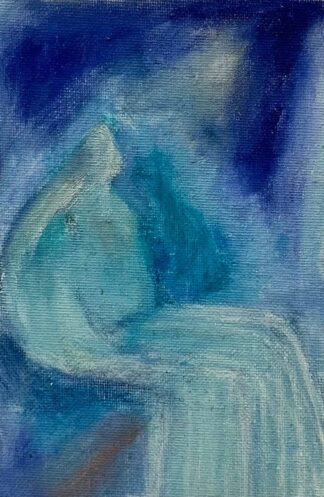 Nicole McCorkell
Nicole McCorkellOil on canvas
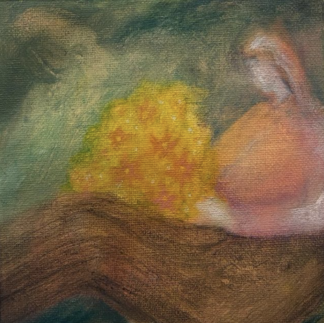 Nicole McCorkell
Nicole McCorkellOil on canvas
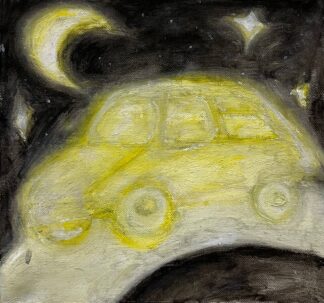 Nicole McCorkell
Nicole McCorkellOil on canvas
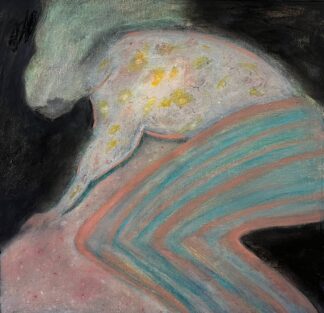 Nicole McCorkell
Nicole McCorkellOil on canvas
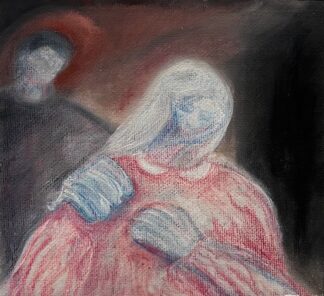 Nicole McCorkell
Nicole McCorkellOil on canvas
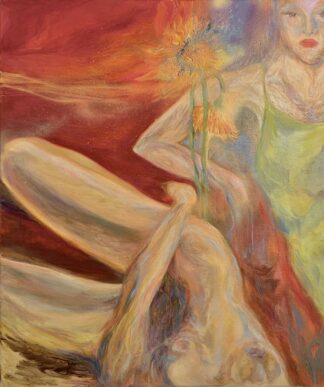 Alysza Lam
Alysza LamMixed media on canvas
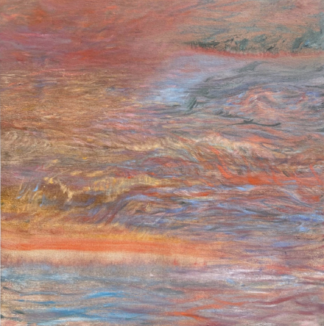 Alysza Lam
Alysza LamOil on canvas
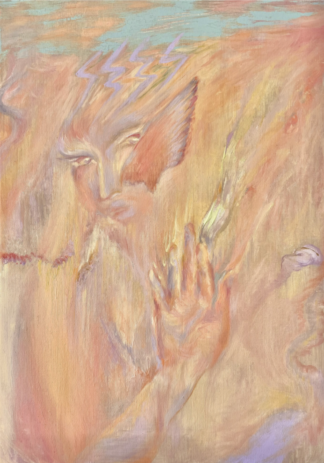 Alysza Lam
Alysza LamOil and wall paint on canvas
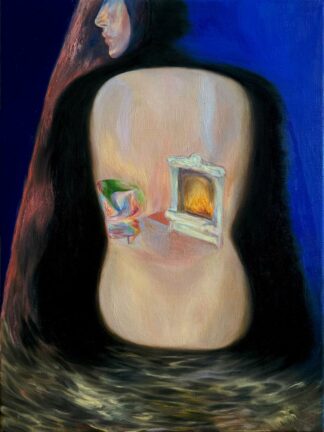 Alysza Lam
Alysza LamOil and wall paint on canvas
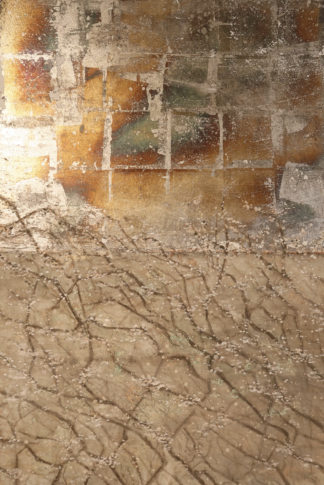 Yumi Cheung
Yumi CheungMineral colour and silver leaf on linen paper
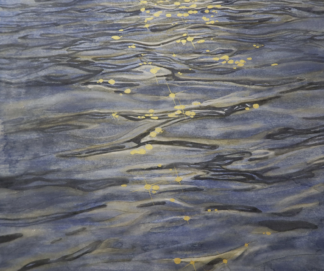 Yumi Cheung
Yumi CheungMineral colour on linen paper
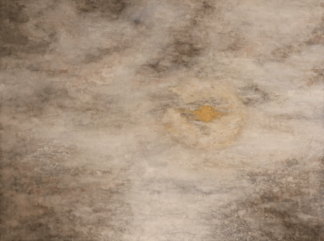 Yumi Cheung
Yumi CheungMineral colour and gold leaf on linen paper
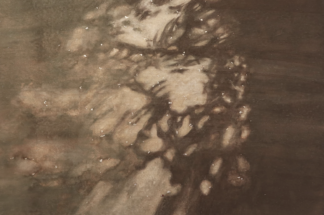 Yumi Cheung
Yumi CheungMineral colour and silver leaf on linen paper